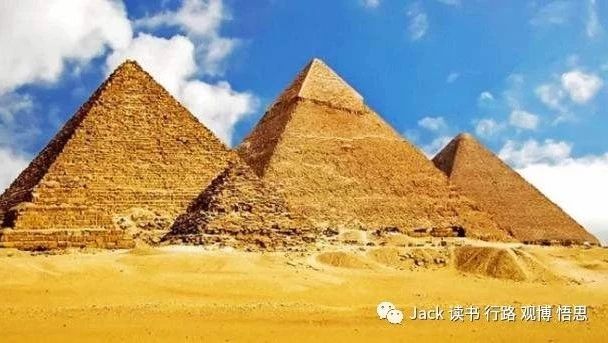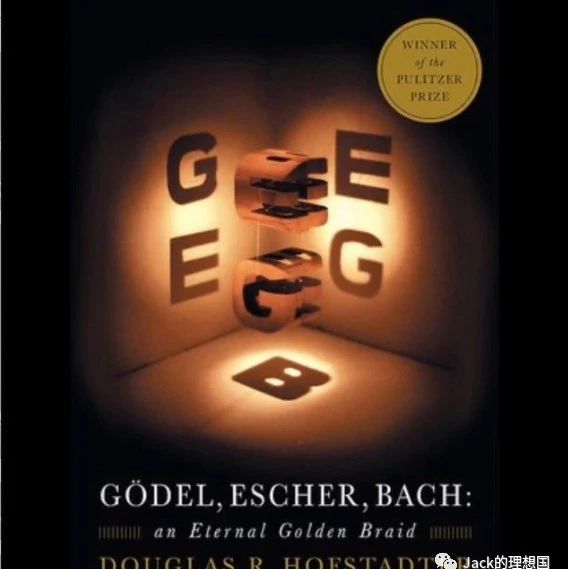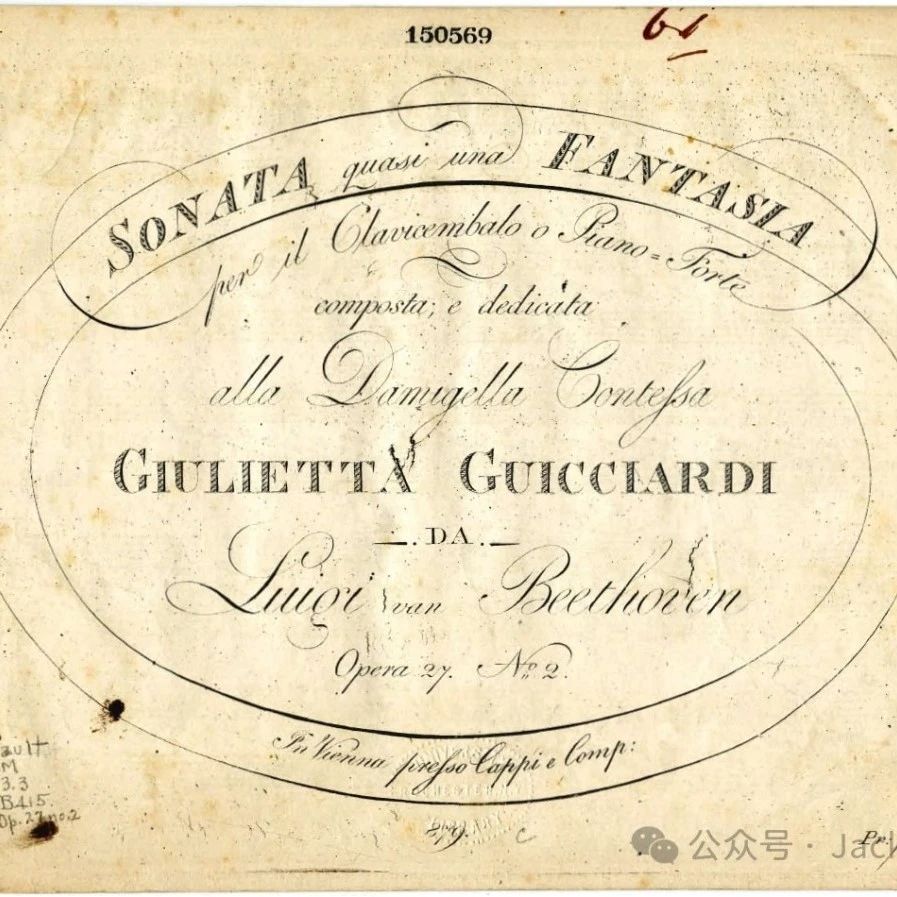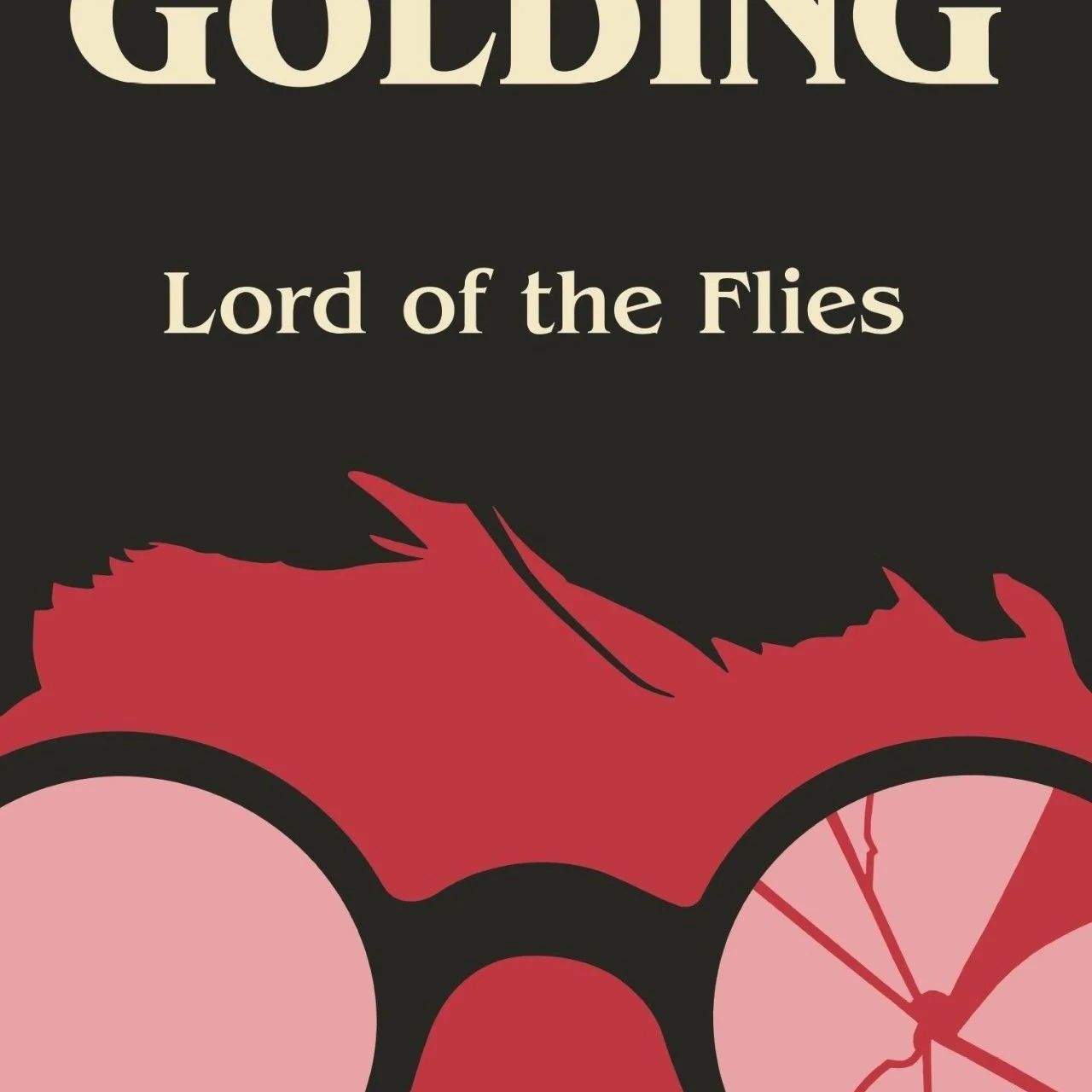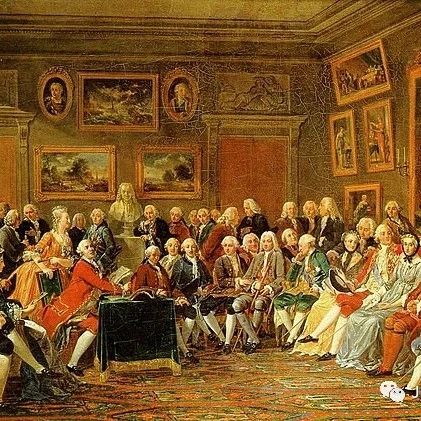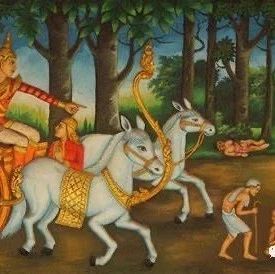Read History with Jack 1 - The Ancient Egyptian's Eternal World
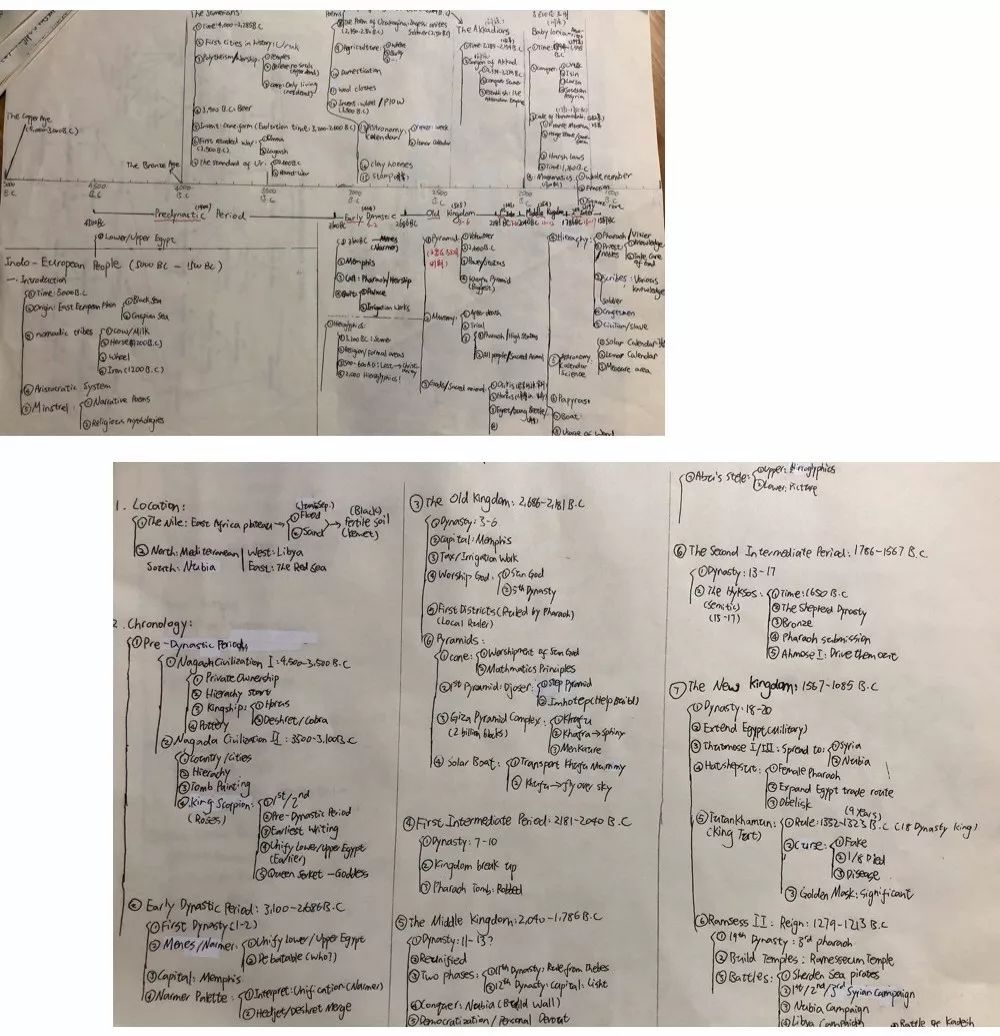
The Ancient Egyptians were one of the most interesting kinds of people in the world. They loved life, art, and the Nile flooding. However, they showed a really strong passion and pursuit for eternal life and afterlife. Let’s see what they did!
The Pyramids
In the Old Kingdom, which was approximately 4000 years ago, the Egyptian Pharaohs started to build their massive tombs---the pyramids. Today, in Giza, there are still three pyramids standing in the nearby desert. Among the three pyramids,Khufu’s Pyramid is considered to be the grandest. The stone blocks were jointed so well that you couldn’t even thrust a sharp knife into the gap between two blocks. In addition, the pyramids were built using many principles in math,astronomy, and physics. This caused the pyramids to be very steady. The ancient Egyptians knew these principles 4000 years ago, it was unbelievable.

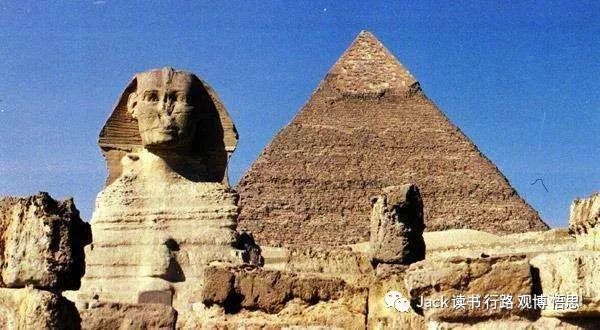 The Sphinx
The Sphinx
Temples
Ancient Egypt had many gods. Cities were built along the Nile, and they all had their temples in the center of their city. The temples were all very grand and magnificent.

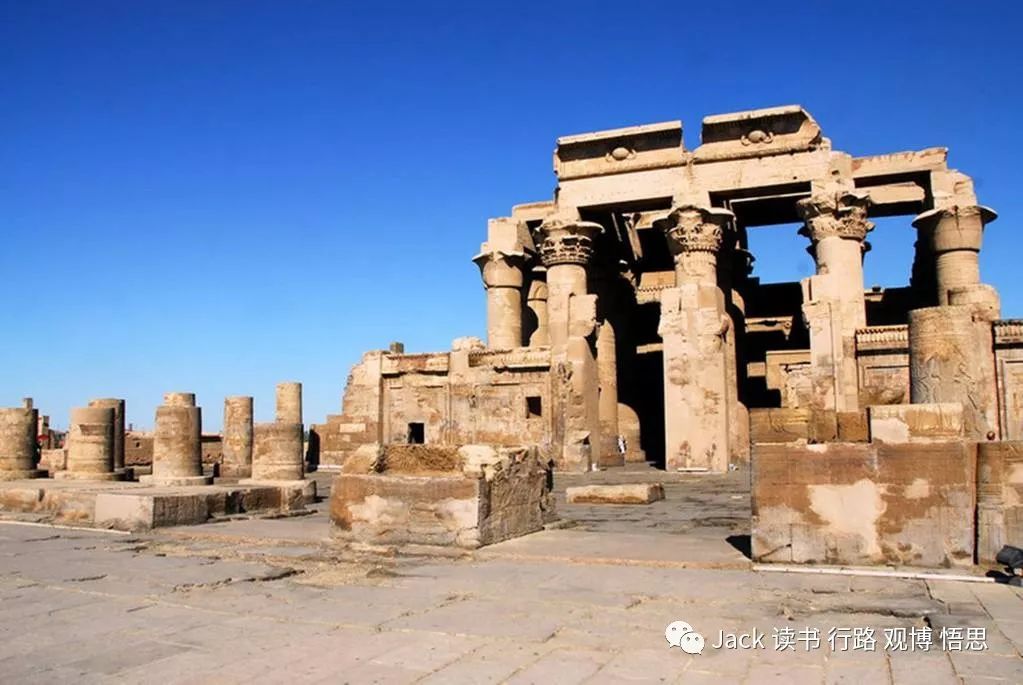
The Luxor Temple
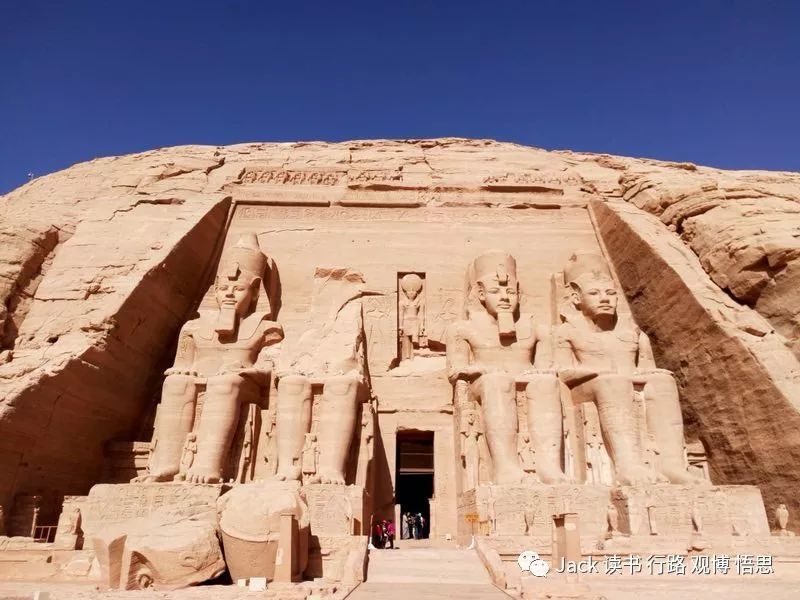
Mummy
To the Ancient Egyptians, treating the deadb ody was the most important thing. They strongly believed that the soul would come back after an adventure in the afterlife. To be able to find their body,they developed a very complicated preservation technology to make the mummies.
Firstly, they needed to get the brain out, and used spices and plaster to fill up the interior skull.
Secondly, they cut open the stomach from the left and took out all the organs except the kidney. They soaked the organs in natron and put them in four important jars called Canopic Jars.
Thirdly, ancient Egyptians cleaned the stomach and used some temporary materials to fill it up, and soaked it in natron again.
Lastly, they used some flax bags soaked in resin to cram the empty skull and take the temporary material out and put in some flax bags full of wood scraps, and then they covered the body up with two layers of flax sheets. In addition, the priests were required to keep murmuring spells until the 52nd day, and by 68-70th day, the mummy would be put into the coffin.
Here is one mummy that we saw at the exhibition:
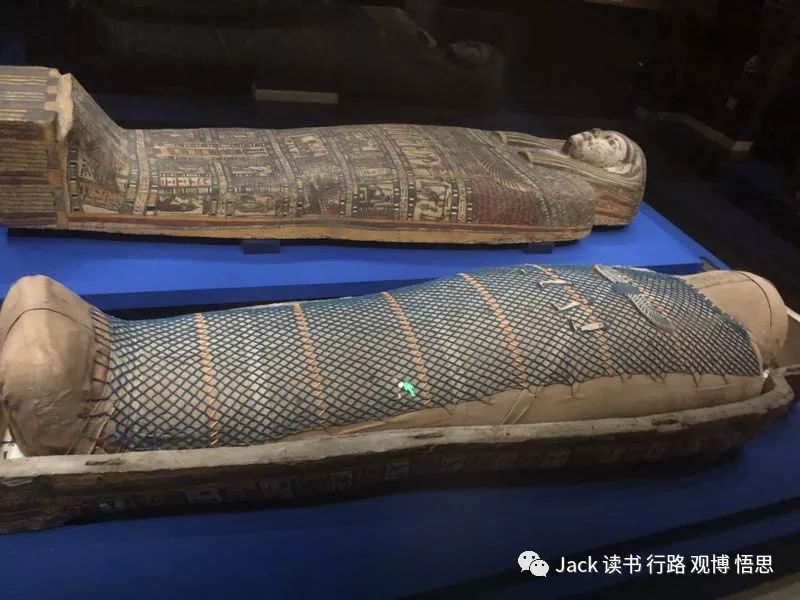

The Book of the Dead
The Book of the Dead was written on papyrus and contained spells and illustrations.It was usually put under the head of the mummy, to guide the soul to pass all difficulties and barriers and find the way to afterlife. Each of the Book of the Dead had 193 chapters, and the 125th was essential. This chapter was used to justify that the dead had committed no crimes and helped the soul to pass the trial.
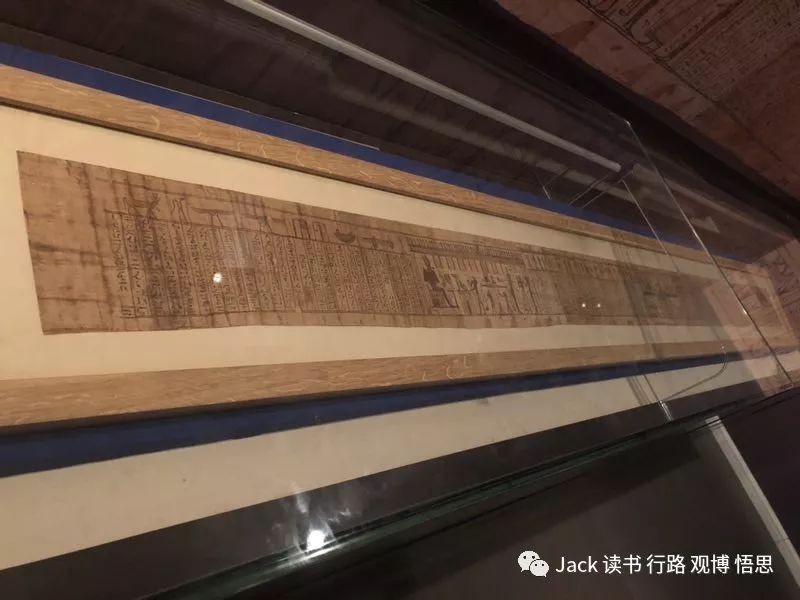
Ushabti Figures
Ushabti figures were mostly made out of clay and wood and were largely excavated out of the tombs of the Pharaohs or the aristocrats. These figures were used to work for the Pharaoh or aristocrats in the afterlife.
The Ushabti figures’ most notable feature was that the 6th chapter of The Book of the Dead was written on their bodies to give them life.
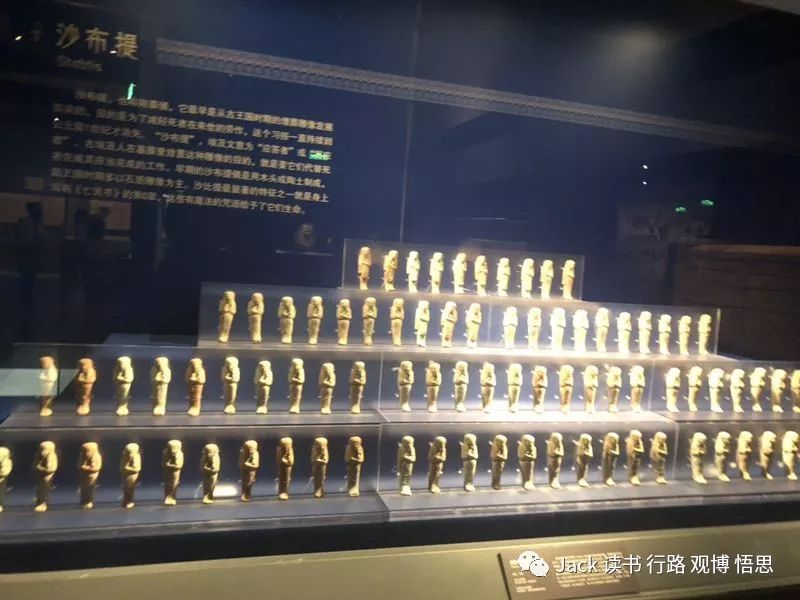
Large Amounts of Wall Paintings and other Burial Objects
The Pharaohs and aristocrats not only wanted to enjoy life to the fullest when they lived, they also wanted everything to bury with them when they died so that they could enjoy as well. Most of the cultural relics came from their tombs, though most of the Pharaoh’s tombs were being robbed. In this case, King Tutankhamen’s tomb was really lucky because it had not been robbed, and more than 3000 burial objects were excavated, which shocked the world a lot.
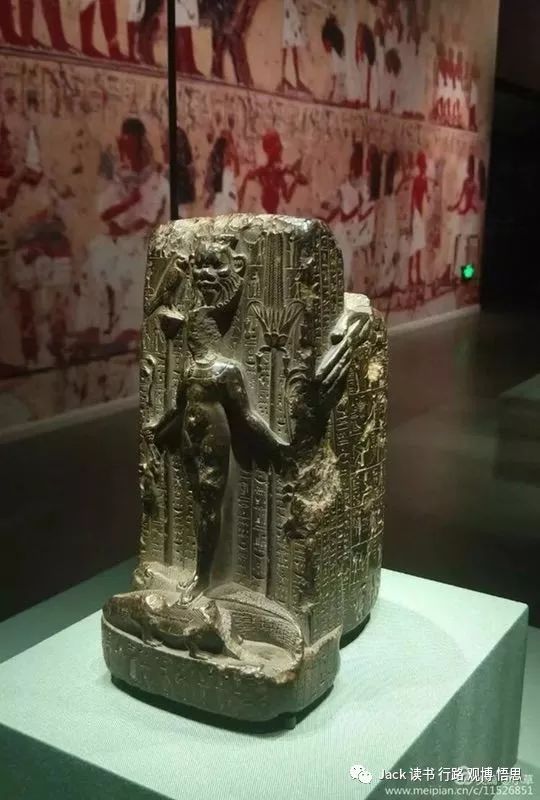
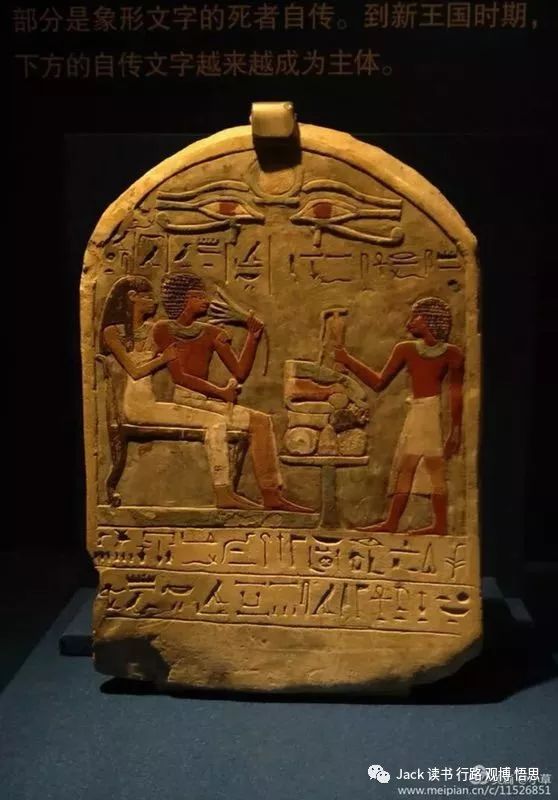
In addition, the tombs of the Pharaohs and the aristocrats had lots of beautiful wall paintings and there were also paintings on the coffins of the Pharaoh. Here is a painting on a coffin that we saw.
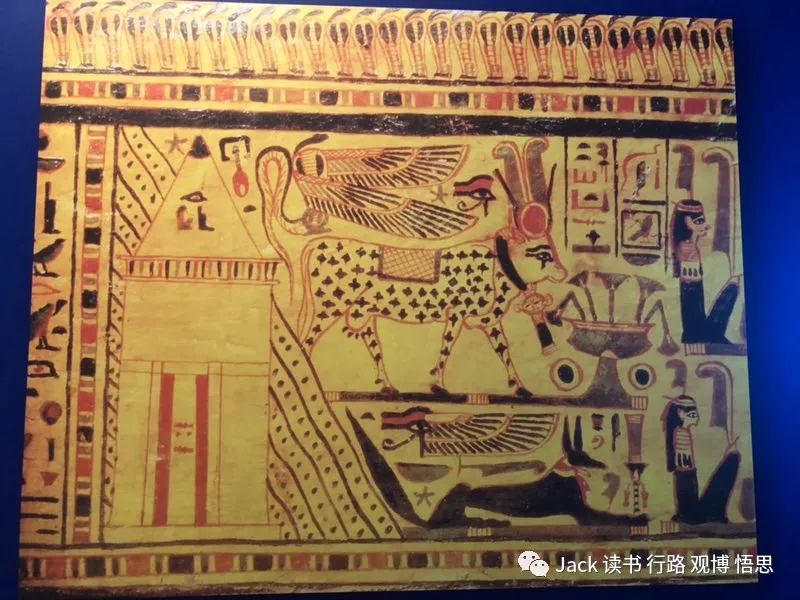
The top of the wooden coffins show aggressive cobras, and the wave-like patterns and black dots symbolize desert. The goddess Hathor walks out of the mountain as the form of a cow, and her back has cobras with eagle wings, the right side of the cobra is the Eye of Horus which means healing. Her duty is to protect the souls to be immortal. The bottom is the god Anubis, who has a jackal head and his duty is to guide the souls.
The Ancient Egyptians were thinking and imagining about afterlife a lot. They had to work hardly, but they also needed to build the tombs of the Pharaoh and aristocrats. Was it worth it to work for the Pharaohs and aristocrats?
It was indeed one of their cultural highlight. Thinking about the pyramids, the obelisks, the temples, and the great and beautiful artifacts and wall paintings, this not only meant that building and craftwork were getting to a high point, but also it left behind lots of important records which influenced us a lot. If the Ancient Egyptians didn’t have the passion for afterlife, we might not see a very great civilization.
In addition, the pyramids, temples and artifacts all consumed lots of manpower and material resources. The Khufu Pyramid approximately used 2 billion blocks of stone, and about twenty-thousand people worked on this pyramid for 20 years. Even though ancient Egypt had a solid foundation, the pyramids greatly weakened Egypt’s economy. So in the end it was defeated. Moreover, it brought disasters for the public. Near Giza, archaeologists dug out a builder village. From their tombs we could infer that some of the workers’ backbones were bended. They did have loads of works to do! Furthermore, men’s average age at ancient Egypt was about 40-45 years old, while women’s average age was 30-35 years old. This was a short period of time, but they needed to build tombs for both their Pharaoh and themselves. They were really laborious.
Moreover, even though the Pharaohs built a large amount of pyramids and tombs, but they did not consider many future troubles and one of them was-being robbed. For thousands of years, even though the pyramids endured bad weathers and invasions, but the tombs inside the pyramids were being robbed almost to empty. Therefore, no matter whether the Pharaohs were in paradise or the underworld, their heart would definitely be broken.
- 本文标签: 原创
- 本文链接: http://www.jack-utopia.cn//article/547
- 版权声明: 本文由Jack原创发布,转载请遵循《署名-非商业性使用-相同方式共享 4.0 国际 (CC BY-NC-SA 4.0)》许可协议授权
